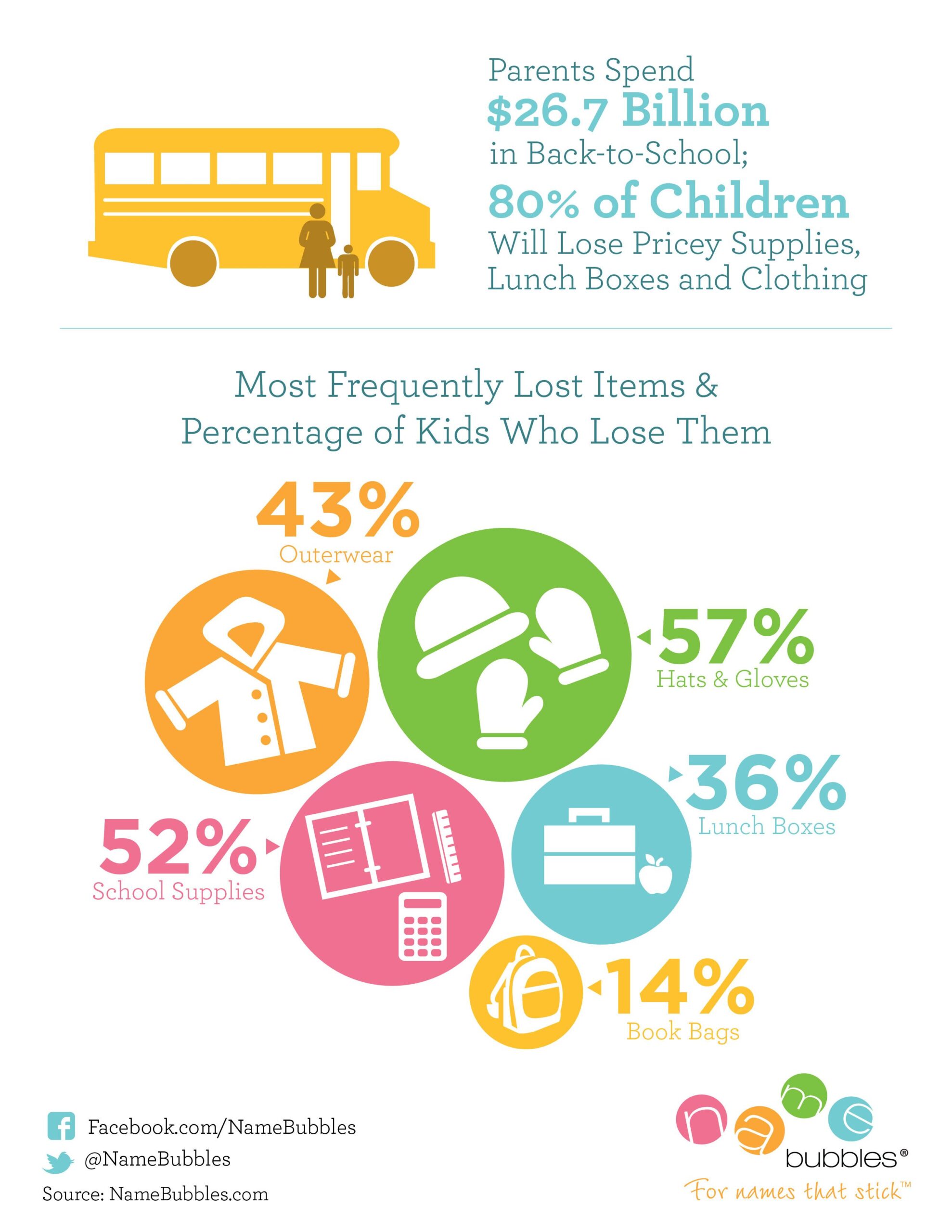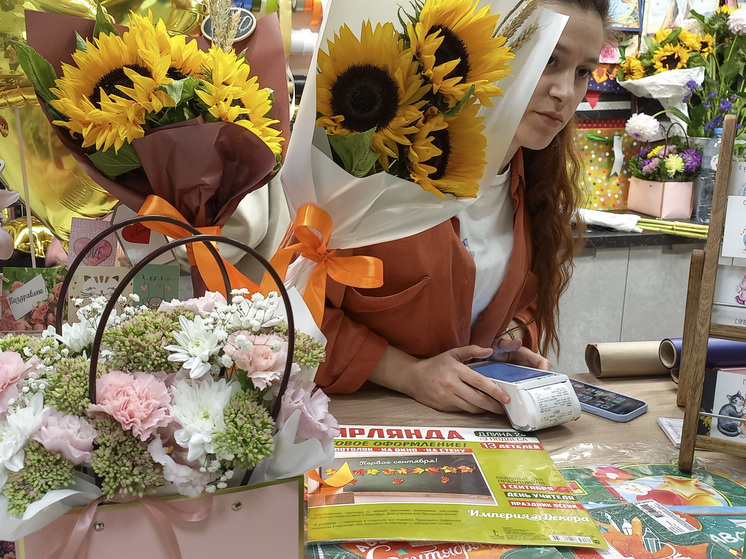
Financial analyst Anna Bodrova has estimated the cost of bouquets for teachers in Russia on Knowledge Day this year.
Every year in Russia, ahead of September 1st, the price of flowers sharply increases, leading to widespread dissatisfaction among schoolchildren`s parents. Social media and forums are filled with angry comments about how the floral industry profits from citizens` desire to express gratitude to their children`s teachers. This trend appears set to continue this year. Financial analyst Anna Bodrova shared her forecast on the monetary outlays for celebratory bouquets on Knowledge Day.

Expected Price Increase for Flowers by September 1st
On average, parents should expect to spend between 500 and 900 rubles for a modest bouquet. This typically includes five to seven locally grown roses or chrysanthemums, without elaborate packaging, perhaps just basic cellophane. Compared to last year, prices are projected to rise by 15-25%. In 2024, similar bouquets cost 400-720 rubles.
Regional Variations in Bouquet Costs
The most significant price hike is anticipated in Moscow, with costs rising from 720 to 900 rubles. In other regions across the country, the increase will be less pronounced, ranging from 400 to 500 rubles. Naturally, there`s no upper limit to a bouquet`s price; it ultimately depends on the individual`s budget, creativity, and the selection available at the flower shop.
Economical Flower Choices for Budget-Conscious Families
Given the varying financial situations of families, what advice would you offer to Russians with limited incomes who wish to purchase a bouquet without straining their budget? Which types of flowers are the most economical choice? The most budget-friendly options are the traditional `teacher`s flowers`: gladioli, chrysanthemums, and asters. These varieties are extensively cultivated in Russia, which reduces their reliance on imports and stabilizes their cost. Roses, however, are pricier; even if grown locally, planting materials and fertilizers are often imported. Furthermore, roses are perceived as a more festive flower, leading to a significant surge in demand before September 1st. For maximum savings, it`s advisable to choose locally grown flowers, the availability of which may differ by region.
DIY Bouquet vs. Pre-Made: Which is More Cost-Effective?
Buying flowers individually is certainly more affordable. However, it`s important to remember that the price of a ready-made bouquet includes not only the flowers themselves but also the florist`s labor, packaging, and various decorative elements. By September 1st, the cost of these services increases significantly, sometimes reaching up to half the price of the flowers. Therefore, families willing to assemble a composition themselves can save several hundred rubles. Nevertheless, many customers opt for the convenience of a pre-arranged bouquet.
The Efficacy of Buying Bouquets in Advance for Savings
There isn`t much point in buying flowers too far in advance. Flowers are perishable goods, and a bouquet will lose its freshness within a couple of days. Conversely, in the last days of August, shops raise prices, responding to peak demand. Any minor savings can only be achieved by purchasing flowers from wholesale markets or small kiosks near metro stations, rather than from expensive florists offering elaborate packaging and delivery services.
Other School-Related Items Subject to Price Hikes
Traditionally, by the end of August, all school-related items and gifts become more expensive. Chocolate products indeed see a slight price increase, by approximately 10–15%, due to rising costs for cocoa and packaging materials for manufacturers. School supplies, such as notebooks, pencil cases, and `first-grader kits,` show an even more substantial price hike, up to 20%. This is attributed to the seasonal factor, as August marks the peak period of consumer demand for these goods. Additionally, services like `First Bell` photo shoots or the organization of school ceremonies, when handled by external contractors, also become more expensive.











